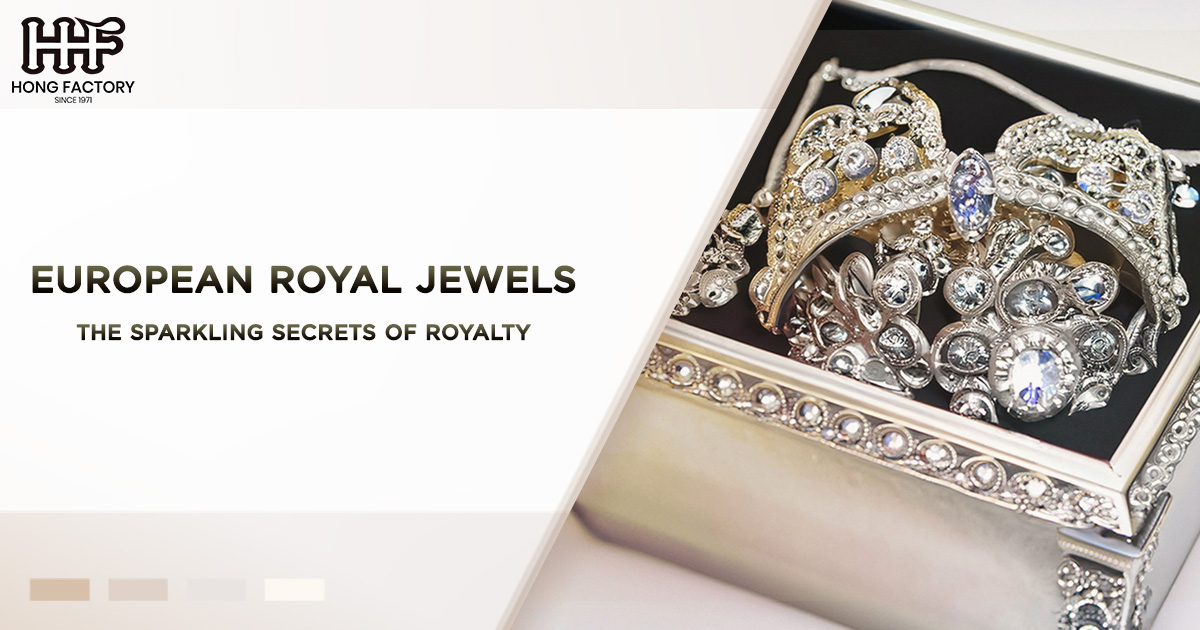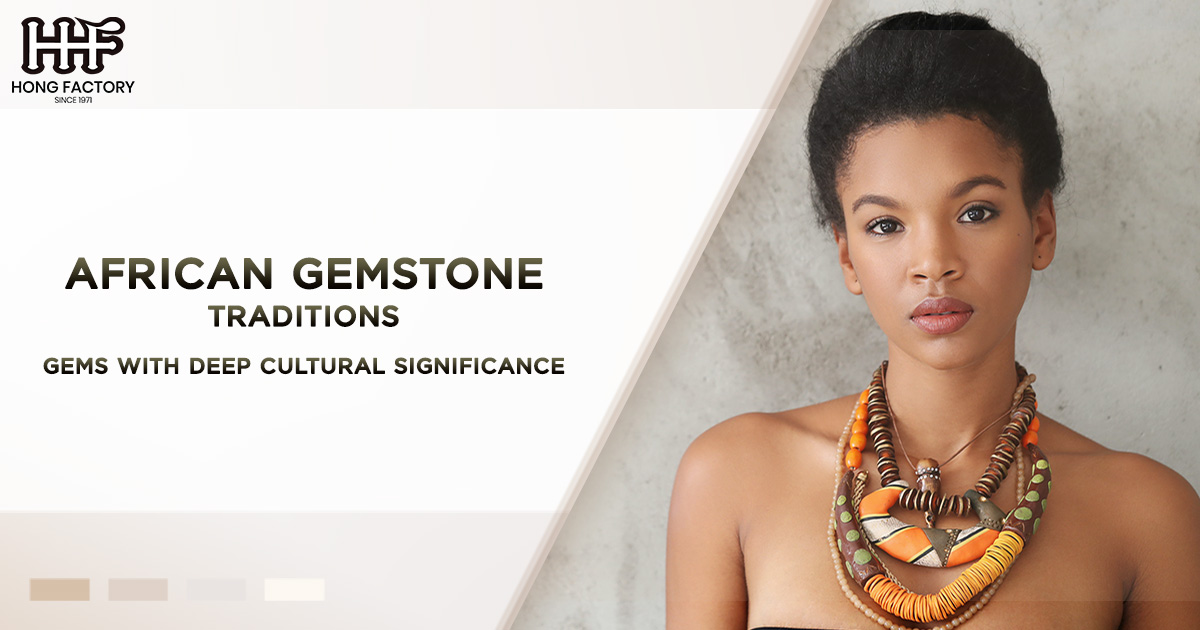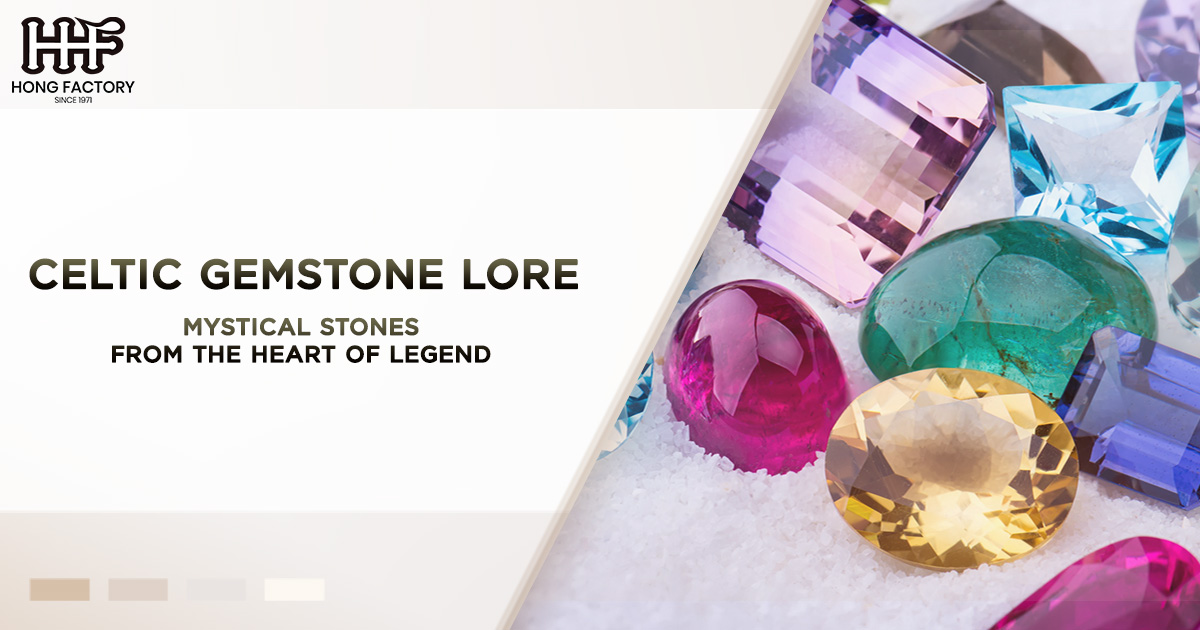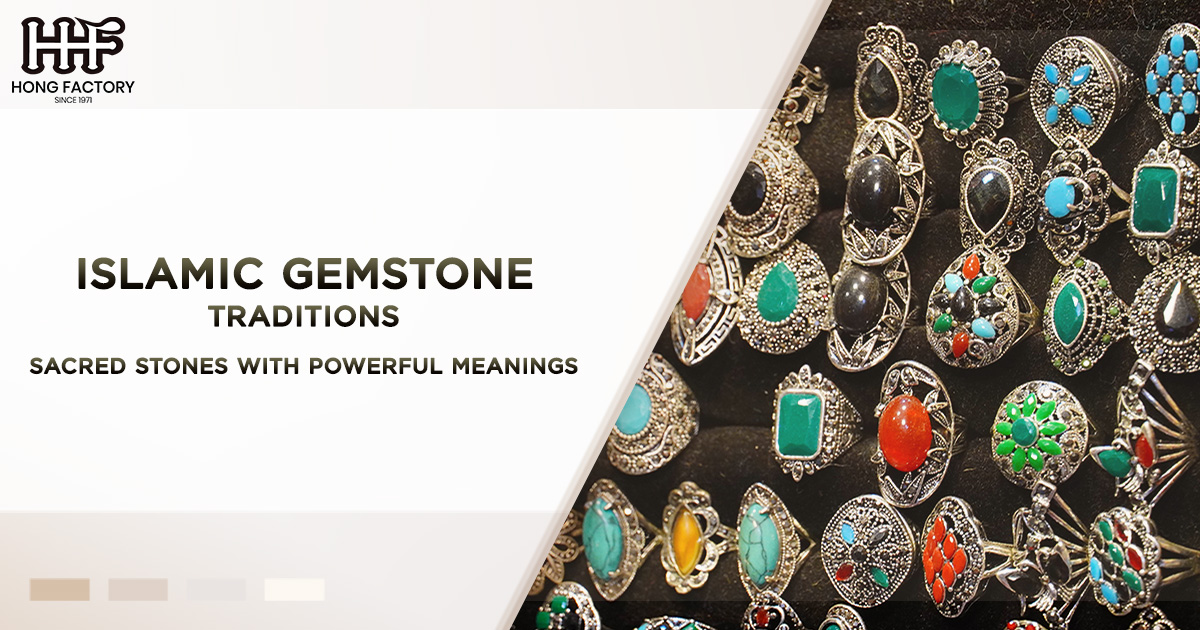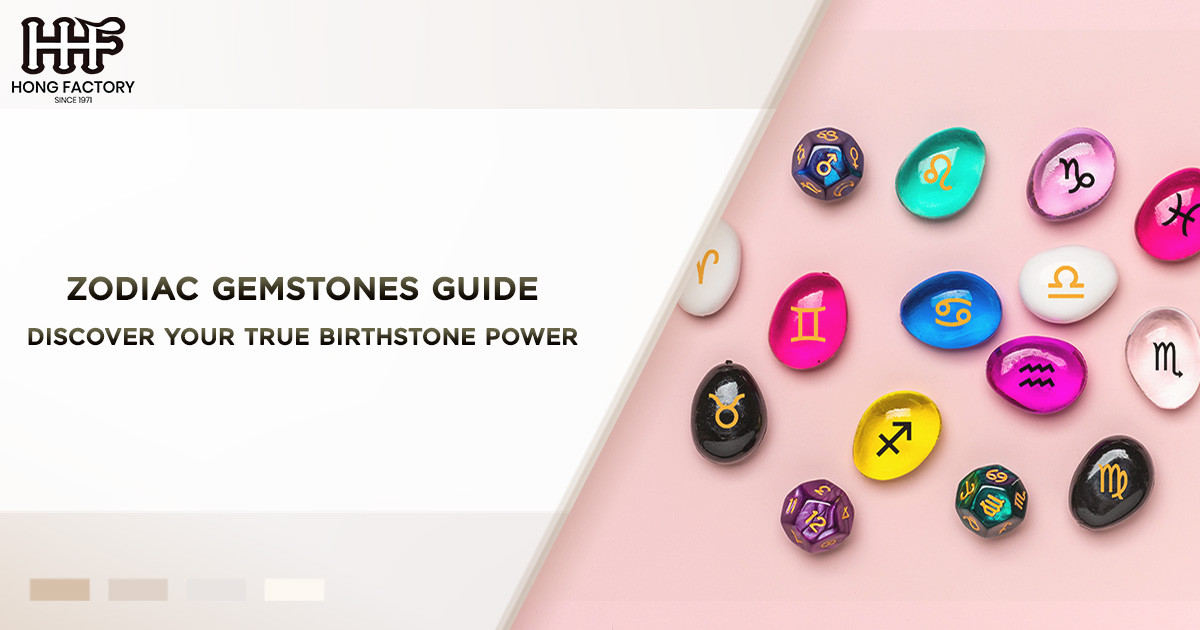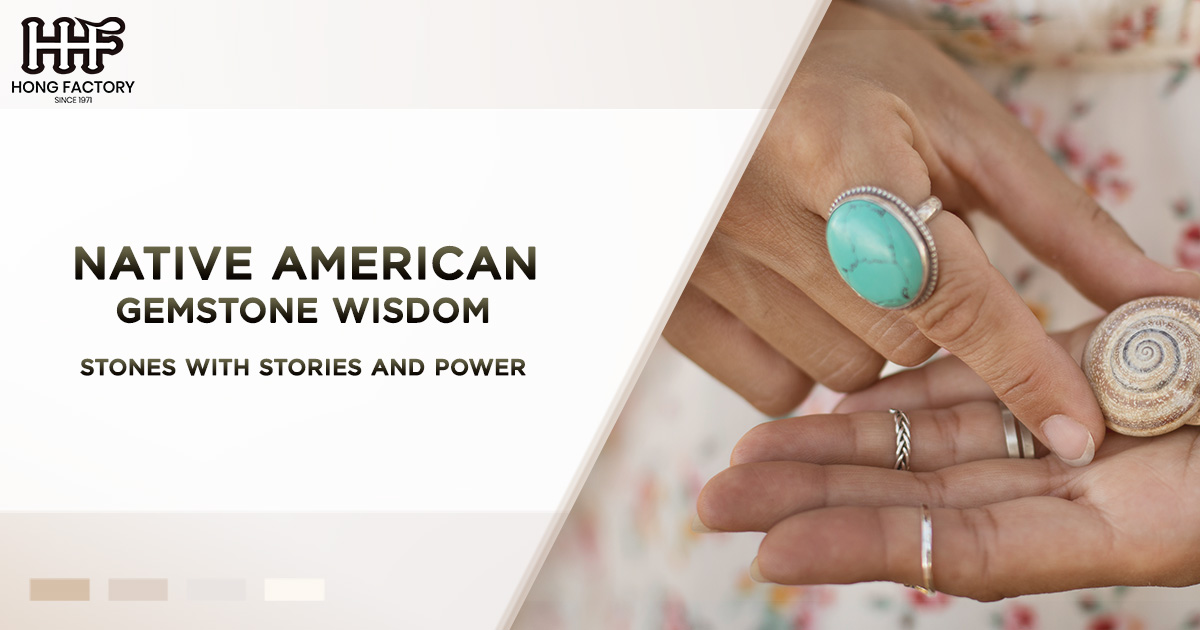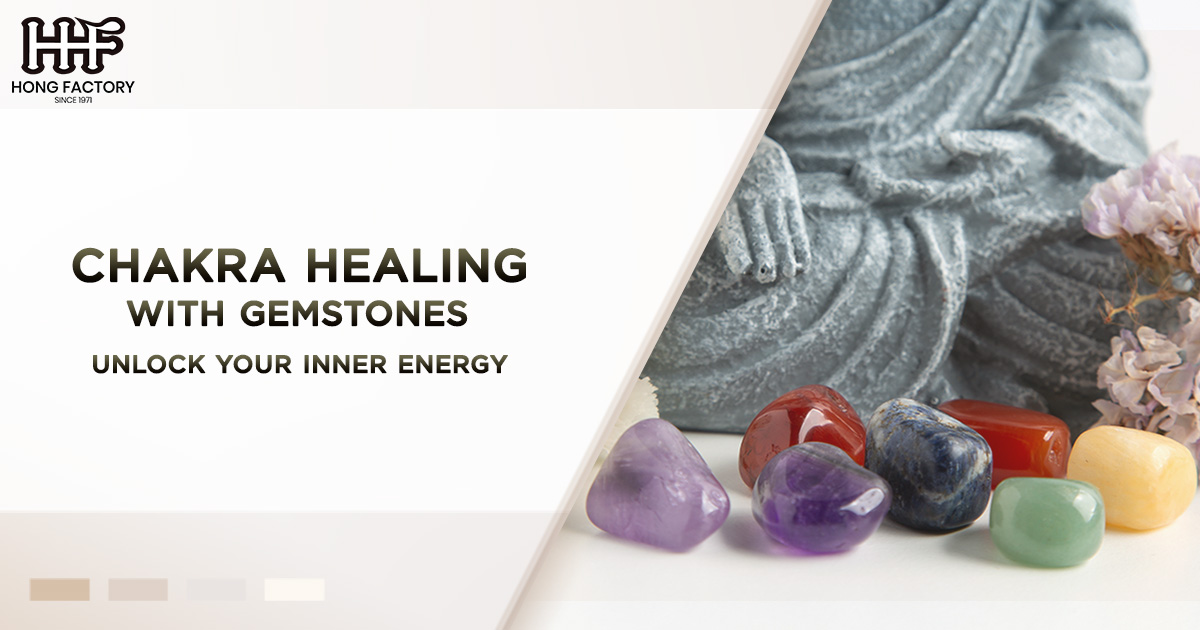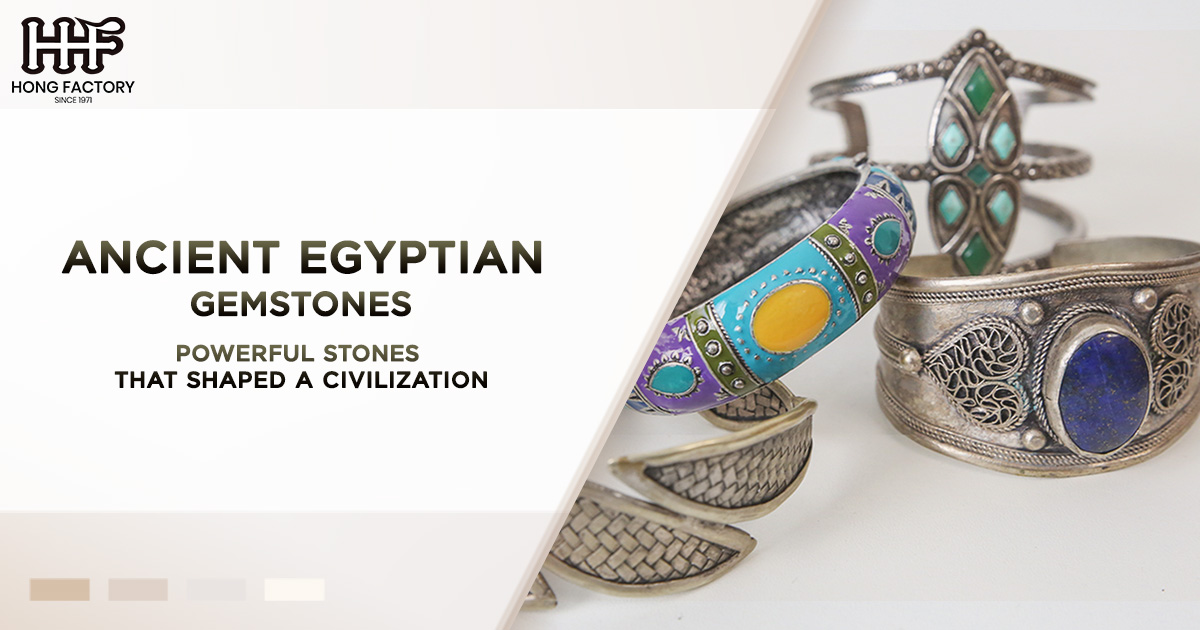For centuries, the crown jewels of Europe have dazzled the world, serving as symbols of power, wealth, and status. These glittering treasures, passed down through generations of royalty, hold not only immense financial value but also deep historical significance. From the grand tiaras worn by queens to the iconic scepters held by kings, the European royal collections are more than just displays of opulence—they are artifacts woven into the very fabric of history itself. In this article, we will delve into the fascinating world of European royal jewels, exploring famous collections, their historical relevance, and their modern-day value, as well as examining how these remarkable jewels are made accessible to the public.
Famous Collections
1. The British Crown Jewels
Few royal collections are as famous or as vast as the British Crown Jewels. Housed in the Tower of London, this collection is one of the most visited in the world, featuring over 100 objects and 23,000 gemstones. The British Crown Jewels are used in ceremonies like the coronation and the State Opening of Parliament and include iconic pieces such as St. Edward’s Crown, the Imperial State Crown, and the Sovereign’s Sceptre—which famously contains the Cullinan I diamond, the largest clear-cut diamond in the world.
The jewels have witnessed centuries of British history, from the coronation of monarchs to the building of the British Empire. Some pieces, like the Kohinoor diamond, carry complex, controversial histories tied to colonialism, adding layers of political and cultural significance to the collection. For Britons, these jewels are not only a symbol of monarchy but also of national identity.
2. The French Crown Jewels
Though dispersed after the French Revolution, the French Crown Jewels once rivaled any royal collection in Europe. The Regent Diamond, the Blue Diamond of the Crown (now the Hope Diamond), and the Sancy Diamond were some of the most famous stones in the collection. Despite much of the collection being sold off in the 19th century, some important pieces remain preserved in the Louvre Museum in Paris.
Napoleon Bonaparte and his imperial family were notable for reviving the French royal tradition of extravagant jewelry. Empress Josephine, in particular, was known for her stunning tiaras and necklaces, which symbolized the might and splendor of the Napoleonic regime. While no longer tied to a monarchy, the remaining jewels serve as a reminder of France’s turbulent political history and the rise and fall of its royal and imperial dynasties.
3. The Russian Imperial Collection
The Romanov dynasty, which ruled Russia for over three centuries, amassed a collection of jewels that was as vast as the empire itself. The Russian crown jewels feature incredible pieces like the Imperial Crown of Russia—made for the coronation of Empress Catherine the Great—and the famed Orlov Diamond, which is mounted in the imperial scepter.
The Romanovs were known for their love of Fabergé eggs—a unique form of royal jewels that combined artistry with the luxury of precious stones. These jeweled eggs, created by Peter Carl Fabergé, were given as gifts to the imperial family and have since become iconic symbols of imperial Russia’s opulence. However, after the Russian Revolution in 1917, many of the Romanov jewels were confiscated by the Bolsheviks, and some were sold off to fund the new Soviet state. Today, a significant portion of the collection is housed in the Kremlin Armory in Moscow.
Historical Significance
1. Symbols of Power and Continuity
Throughout history, royal jewels have served as potent symbols of power and continuity. Crowns, scepters, and orbs are not mere decorative items; they are deeply symbolic objects used in coronation rituals to legitimize the monarch’s divine right to rule. In many ways, the jewels themselves are a form of legal and ceremonial authority, passed from one monarch to the next. For example, during Queen Elizabeth II’s coronation in 1953, the St. Edward’s Crown was placed on her head as a sign of her assuming the responsibilities of the monarchy.
Historically, the jewels also signified the longevity and stability of a royal household. When a monarch wore the same crown or tiara as their predecessors, it sent a powerful message of continuity to their subjects. These pieces often traveled with monarchs on state visits or weddings, reinforcing alliances and asserting dominance.
2. Markers of Political Change
Royal jewels also reflect the changing tides of political history. For example, following the French Revolution, the French Crown Jewels were seized by the revolutionary government, symbolizing the end of the monarchy. Similarly, after the Russian Revolution, the Romanov jewels were taken by the Bolsheviks, marking the end of the imperial era in Russia.
Jewels also played a role in diplomacy. Marriages between royal families were often cemented with grand gifts of jewelry, strengthening political alliances between nations. For instance, Queen Victoria’s marriage to Prince Albert of Saxe-Coburg and Gotha in 1840 was marked by the exchange of numerous jewels, many of which now form part of the British Crown Jewels.
Modern Value
1. Financial Worth
In terms of financial value, royal jewels are priceless. Many pieces contain rare gemstones that are no longer available in modern markets, while others are simply irreplaceable due to their historical significance. The Cullinan Diamond, for example, is the largest gem-quality rough diamond ever found, and its fragments—cut into various pieces—are incorporated into the British Crown Jewels. The Cullinan I alone is worth hundreds of millions of pounds.
Jewels like the Kohinoor, which is part of the British Crown Jewels, are not only valuable due to their size and rarity but also because of their storied past. However, several of these jewels carry a burden of contested ownership, with various nations (such as India) requesting the return of stones like the Kohinoor, citing historical injustices.
2. Cultural and Sentimental Value
Beyond their financial worth, royal jewels hold immense cultural and sentimental value. For many people, these gems are part of their nation’s heritage, representing the continuity of traditions and the endurance of the monarchy. For example, when Kate Middleton, the Princess of Wales, wears Princess Diana’s sapphire engagement ring, it evokes a sense of nostalgia, bridging the past with the present.
Similarly, royal tiaras worn by queens and princesses at state banquets or royal weddings carry deep emotional resonance, as they are often passed down through generations. Queen Elizabeth II’s Fringe Tiara—originally made for Queen Mary in 1919—has been worn by several brides in the royal family, including Queen Elizabeth herself and Princess Beatrice.
Public Displays
1. Tower of London : A Global Attraction
The British Crown Jewels, housed in the Tower of London, are one of the most popular public displays of royal jewels in the world. Millions of visitors flock to see these treasures every year, admiring the craftsmanship and beauty of pieces like the Imperial State Crown and the Sovereign’s Orb. The jewels have been on display since the 17th century, allowing the public a glimpse into the world of monarchy and ceremony.
2. The Louvre : The French Crown Jewels
In France, the surviving crown jewels are displayed in the Galerie d’Apollon at the Louvre Museum in Paris. Though the collection was greatly diminished after the Revolution, what remains is still a testament to the grandeur of the French monarchy. Visitors can witness legendary gems like the Regent Diamond, which once adorned the crowns of French kings.
3. Kremlin Armory : Romanov Treasures
In Russia, the Kremlin Armory in Moscow houses a significant portion of the Romanov jewels, including the imperial crowns, scepters, and orbs of the Russian Tsars. Visitors can marvel at the splendor of the Romanov dynasty, from the grand coronation regalia to the intricately crafted Fabergé eggs.
Conclusion
The royal jewels of Europe are more than just dazzling displays of wealth; they are symbols of power, political change, and cultural heritage. These collections, from Britain’s Tower of London to Russia’s Kremlin Armory, hold stories of empires, revolutions, and enduring traditions. Whether admired for their beauty, their history, or their modern significance, these jewels continue to captivate the world, offering a sparkling glimpse into the lives of royalty.

